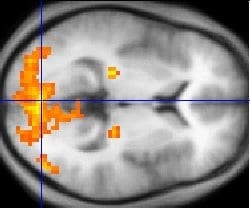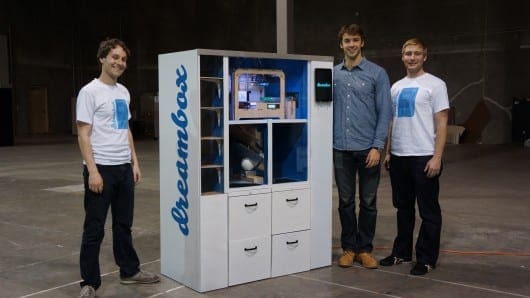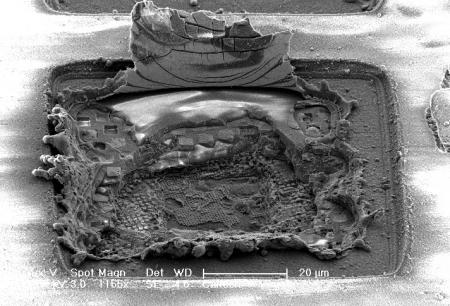
An ambitious project to map the brain is in the works. Possibly too ambitious
NEWS of what protagonists hope will be America’s next big science project continues to dribble out. A leak to the New York Times, published on February 17th, let the cat out of the bag, with a report that Barack Obama’s administration is thinking of sponsoring what will be known as the Brain Activity Map. And on March 7th several of those protagonists published a manifesto for the project in Science.
The purpose of BAM is to change the scale at which the brain is understood. At the moment, neuroscience operates at two disconnected levels. The higher one, where the dimensions of features are measured in centimetres, has many techniques at its disposal, notably functional magnetic-resonance imaging (fMRI), which measures changes in tissues’ fuel consumption. This lets researchers see which bits of the brain are active in particular tasks—as long as those tasks can be performed by a person lying down inside a scanner.
At the other end of the scale, where features are measured in microns, lots of research has been done on how individual nerve cells work, how messages are sent from one to another, and how the connections between cells strengthen and weaken as memories are formed. Between these two, though, all is darkness. It is like trying to navigate America with an atlas that shows the states, the big cities and the main highways, and has a few street maps of local neighbourhoods, but displays nothing in between. BAM, if all goes well, will yield plans of entire towns and villages, and start to fill in the road network. It will also, to push the analogy to breaking point, let a user look at actual traffic flows on the roads in question, and even manipulate the road signs, in order to understand how particular communities work.
The mappers’ aim is to find out how nerve cells collaborate to process information. That means looking at the connections between hundreds, thousands and even millions of adjacent cells—and doing so, crucially, while those cells are still alive, rather than after they have been sliced and diced for microscopic examination.
This will require a new set of tools. And the guts of the BAM proposal are that the American taxpayer should provide those tools.
via The Economist










